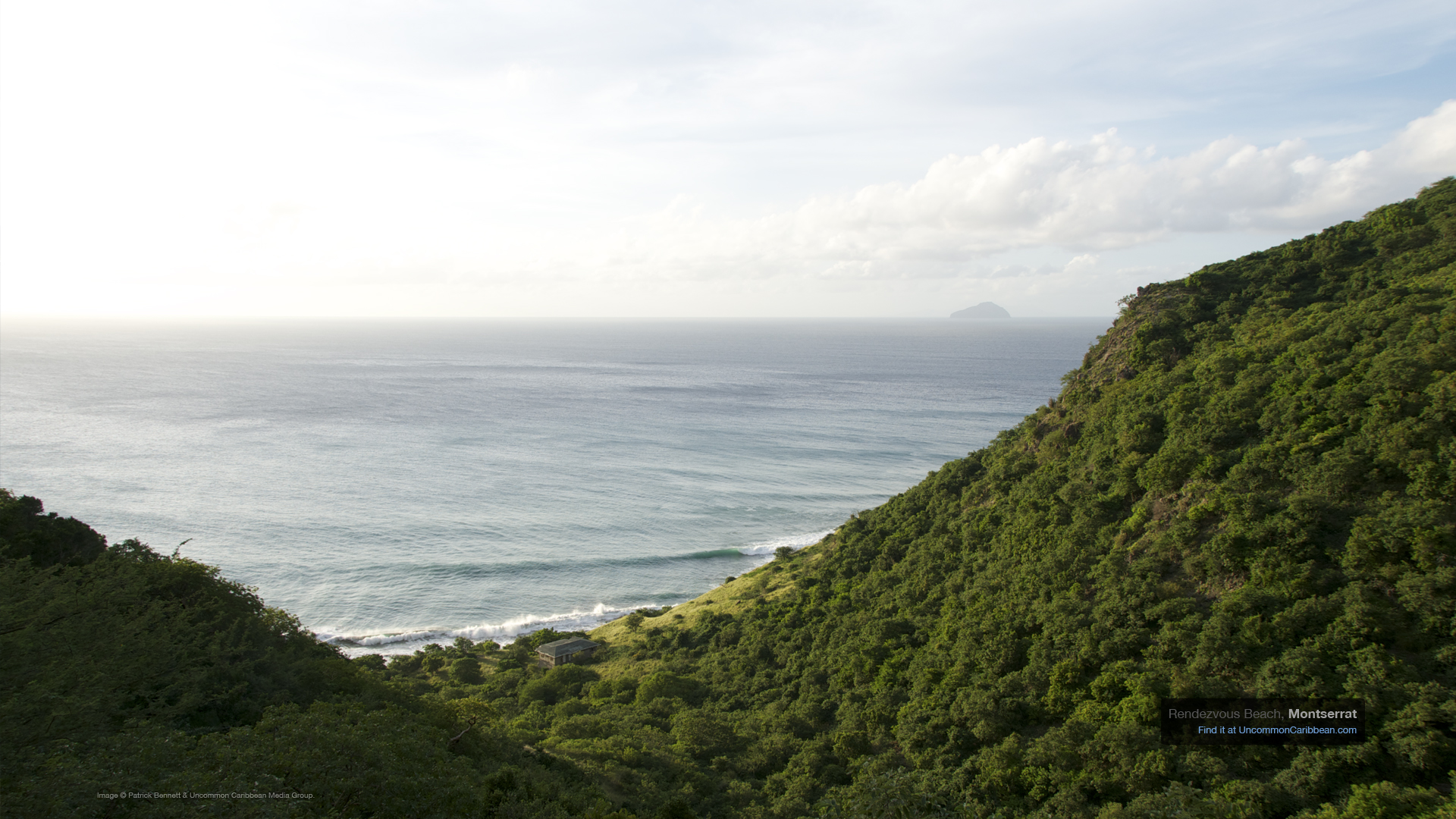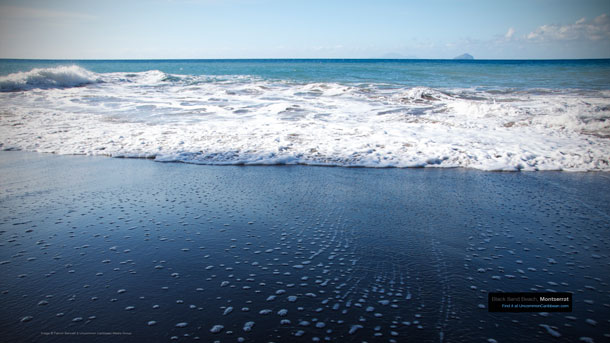Plymouth Montserrat: Pummeled But Not Forgotten
Plymouth Montserrat was the place. Arguably one of the hottest spots in the Caribbean of the 70s and 80s, this small town on this tiny British overseas territory in the West Indies played host to rock and roll royalty down for recording sessions at the world-famous Air Studios, plus a steady stream of travelers looking for the best that the smaller islands of the Caribbean had to offer.
Then in 1989 is was pummeled by the 140 mile per hour winds of Hurricane Hugo. Over 90% of the structures on the island were damaged. Air Studios closed, tourism evaporated, but the Montserratians vowed to rebuild.
And they did.
It took five long years.
Then, when Plymouth and the island of Montserrat as a whole were just about ready to retake their outsized roll in the Lesser Antilles, disaster struck.
In 1995 volcanic activity ramped up at the Soufrière Hills Volcano for the first time since the 19th century. It menaced the island for several weeks before suddenly wiping Plymouth from the map in a matter of hours — literally burying it under 12 meters (39 ft) of boiling mud. The volcanic eruptions produced such fast-moving pyroclastic flows that they killed 19 people before it was over.
Plymouth Montserrat Today
Today, Plymouth is a ghost town. It sits deep in an exclusion zone that covers the entire south side of the island. But intrepid travelers can walk among the destroyed buildings and imagine what was thanks to volcano tours that very safely grant visitors access to this part of the island.
But should you visit this Caribbean oddity?
Yes, it’s truly an uncommon site rich with history, but just remember that there’s so much more to Montserrat island than the ruins of Plymouth. There are lush hikes, eclectic bars, glistening black sand beaches, bush rum, some of the friendliest people in all the Caribbean islands, and a colorful culture worth experiencing.
And with Montserrat just 33 miles southwest of Antigua, seeing this wonder of the West Indies is an accessible adventure.



